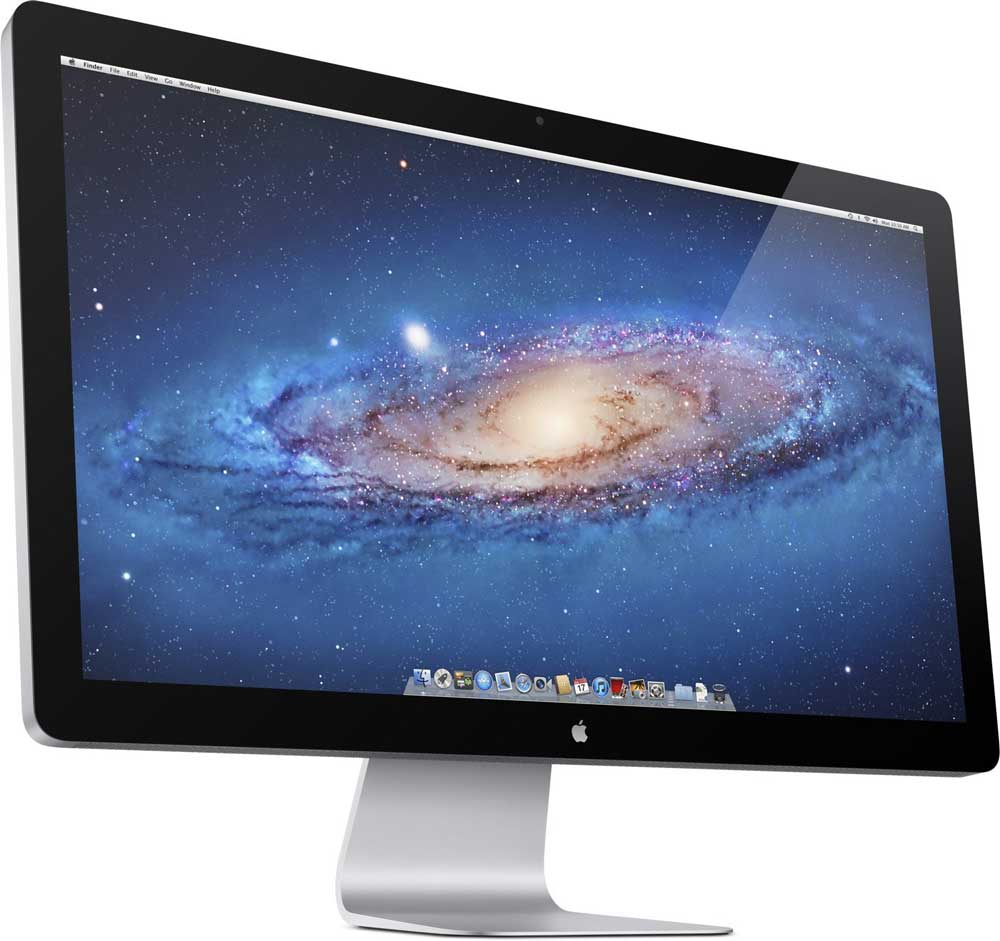Prior to the 2015 refresh of apple TV, the streaming set top box was but one device left in the back-burner. The Thunderbolt display was last updated in September 2011, with no more updates after that, which has left some wonder whether Apple may be considering the path it took with Apple TV, and refresh a product line on the verge of being obsolete, or the path that lead to the permanent retirement of the original iPad, a product far behind what was to come, in the wake of the mobile revolution.

The case against a 5K Thunderbolt display
Why wouldn’t Apple want to build a newer, more advanced Thunderbolt display? One reasons could be the cost to consumers. 5K monitors are capable of displaying 14.7 million pixels, with some price tags starting at $1500.
Apple needs also a justifiable reason for building a 5K option for an external display that is not integral part of a computer, and one that is compatible with all Macs, including the Mac Mini, and the entire line of MacBook laptops. If Apple builds a new 5K Thunderbolt display for which the only fully compatible device is the Mac Pro and the iMac, which already is fitted with a built-in 4K/5K display, consumers may not have a valid reason to be interested, especially if their existing systems do not support the massive resolution.
The case for a 5K Thunderbolt display
With a strong enough case for Apple to refresh the Thunderbolt display with 5K capability, price would be a minor issue, leaving the design part to Joni Ive, and the engineering, and manufacturing to the best display makers Apple has on speed dial, including LG, Sony, Sharp, and of course, Samsung. With that said, what constitutes a good case for a 5K Thunderbolt display?
There are two main factors that would play in favor of Apple achieving this goal. One is the ability to support lower HD resolutions within grasp of machines currently unable to extend their desktops onto a 4K or 5K display. For instance, a 5K Thunderbolt display could still be able to connect to a Mac Mini at 60Hz refresh rate, as long as the display is able to drop its resolution to the Mac Mini’s graphic hardware capabilities, which isn’t rare for 4K and 5K displays already on the market.
Purchasing a 5K display is a simpler affair than buying a laptop or a desktop system. A display has only one job, and very few indicators necessary to determine its ability to provide the best experience. It’s no longer a matter of CPU, versus RAM, versus graphic hardware, versus storage. All that is left for the consumer to find out, is the number of pixels, the refresh rate, the size of the display, and whether or not it has a wide enough color range to render the clearer, sharpest picture.
The other factor is the fact that Apple is already ahead of the curve, with its very own double controller, built specifically for the iMac Retina 5K, which is designed to provide additional processing capabilities to handle the staggering resolution, for each half of the screen. Apple also uses a cinema-quality color standard called DCI P3, capable of rendering close to 99% accuracy, far beyond the capability of a standard sRGB monitor. While implementing DCI P3 is not cheap, the focus is on a product targeted as an uncompromising audience, focused on performance, not budget.
Windows 10 PC compatibility
What’s a Thunderbolt display if not a Thunderbolt display? Should Apple decide to extend support to more universal standards, like USB Type-C, DisplayPort, or HDMI, the big question would be whether allowing PC users to extend their Windows desktops onto a 5K Apple display would hurt sales of Mac products.
As mentioned earlier, the purchase of a 5K display must be justified by a need to complement a higher end system, such as the Mac Pro, or the iMac Retina 5K. By this token, it’s entirely plausible for Apple to wait, and release more advanced Macs fully 5K capable, before releasing a new standalone 5K display, to ensure that Mac users have plenty of high-end choices supportive of 5K resolution displays.